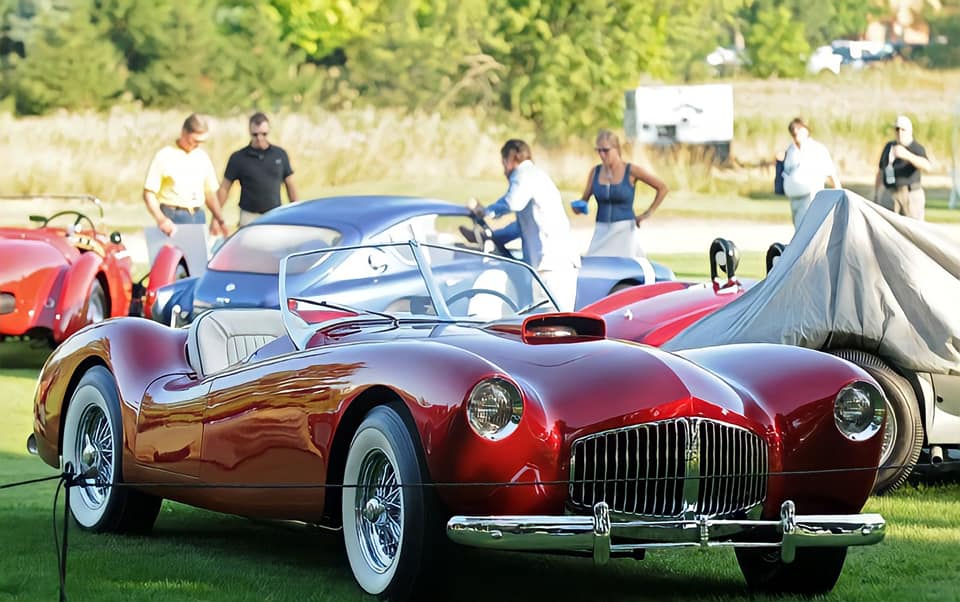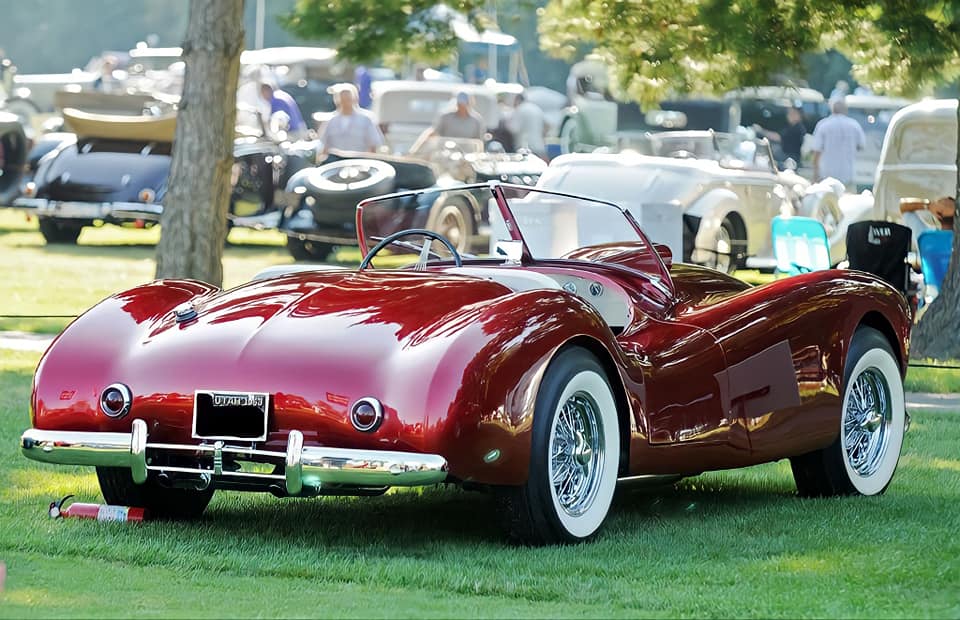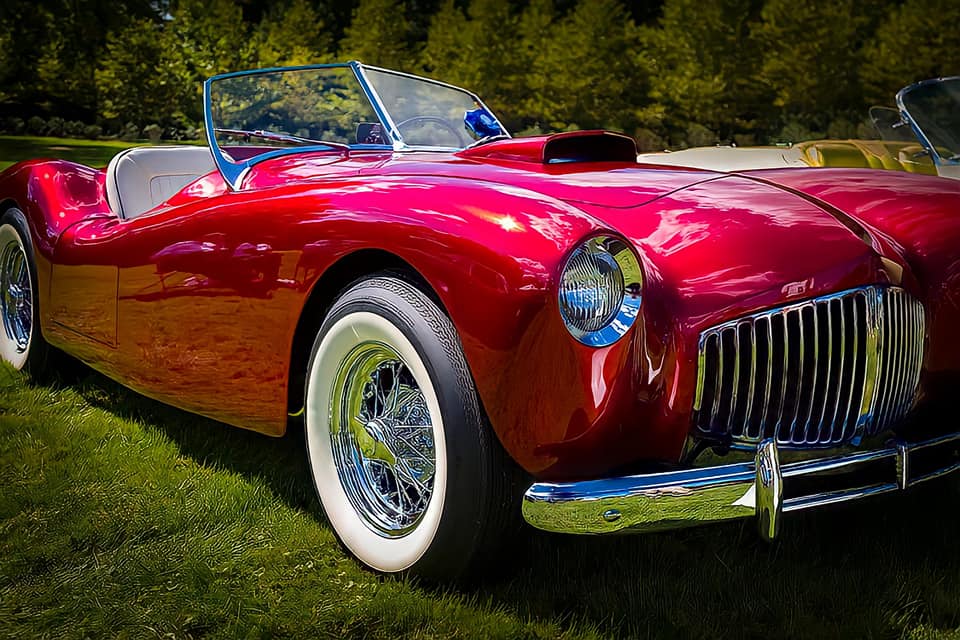The Elegance is a great opportunity to view unique cars, like this 1953 Glasspar G-2 Roadster, which according to the Smithsonian Institute, pioneered the use of fiberglass in automobile construction and paved the way for the kit car industry.
The G2 was Glasspar’s roadster body that was a one-piece fibreglass design. It was occasionally sold as a turnkey sports car sometimes known as the Yankee Clipper or as a kit with a separate body. The basic body shape came from a prototype made for 1951 Los Angeles Motorama known as the Brooks Boxer. These roadsters also became a favorite in the Hollywood circles and attracted owners such as owners Humphrey Bogart, Gary Cooper and Rosemary Clooney.
This was due to the car being featured in many auto publications of the period, including Road and Track, Motorsport and Motor website.org 1935 American composites manufacturer Owens Corning was formed, and during World War 2 it came up with a material that would go on to revolutionise a whole array of industries, not least of all car manufacturing. Glass-reinforced plastic (GRP), or glassfibre, was light, didn’t rust, could be moulded to just about any shape, and could be easily repaired in the event of an impact.Throughout the 1950s and 1960s, the specialist car industry would mushroom on both sides of the Atlantic thanks to the adoption of glassfibre bodywork (NB: glassfibre is the generic term, while Fibreglass is a brand name).
This lightweight wonder material could be moulded to any shape required, so it was much more versatile than aluminium or steel, and it was also far cheaper to work with.The man who started it all was Bill Tritt, who was born in 1917, then 30 years later in 1947, he started to build lightweight glassfibre-hulled boats, having started his career working for Douglas Aircraft. Tritt had founded his boat building company The Green Dolphin Boat Works with a business partner; a year later another friend John Green commissioned a racing sailboat to be built for him, called the Green Dolphin. Ultimately four of these boats would be made, giving Tritt’s company some financial security, allowing them to expand their portfolio and for Tritt to set up a new company called Glasspar, to build glassfibre car bodyshells as well as to offer a wider range of boats.
A year later, in 1949, Newport Beach-based Air Force Major Ken Brooks was in the process of building his own hot rod, like many others at the time. Brooks based his car on a modified Willys Jeep frame with a significantly uprated Willys six-cylinder engine. He was trying to figure out what sort of body to put on the car, when he showed it to his friend Bill Tritt, who had a brilliant idea that would turn Brooks’ car into a sensation.




